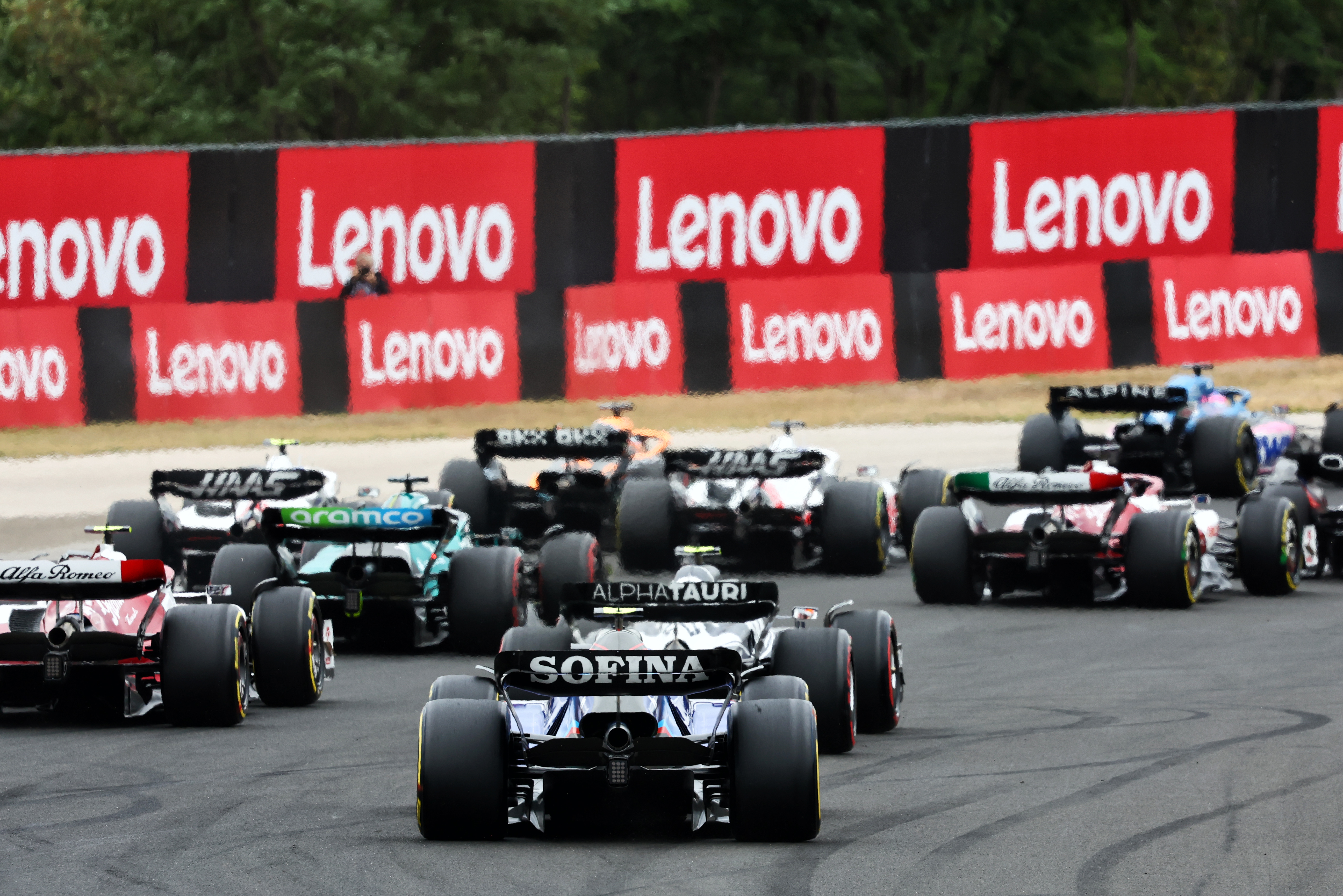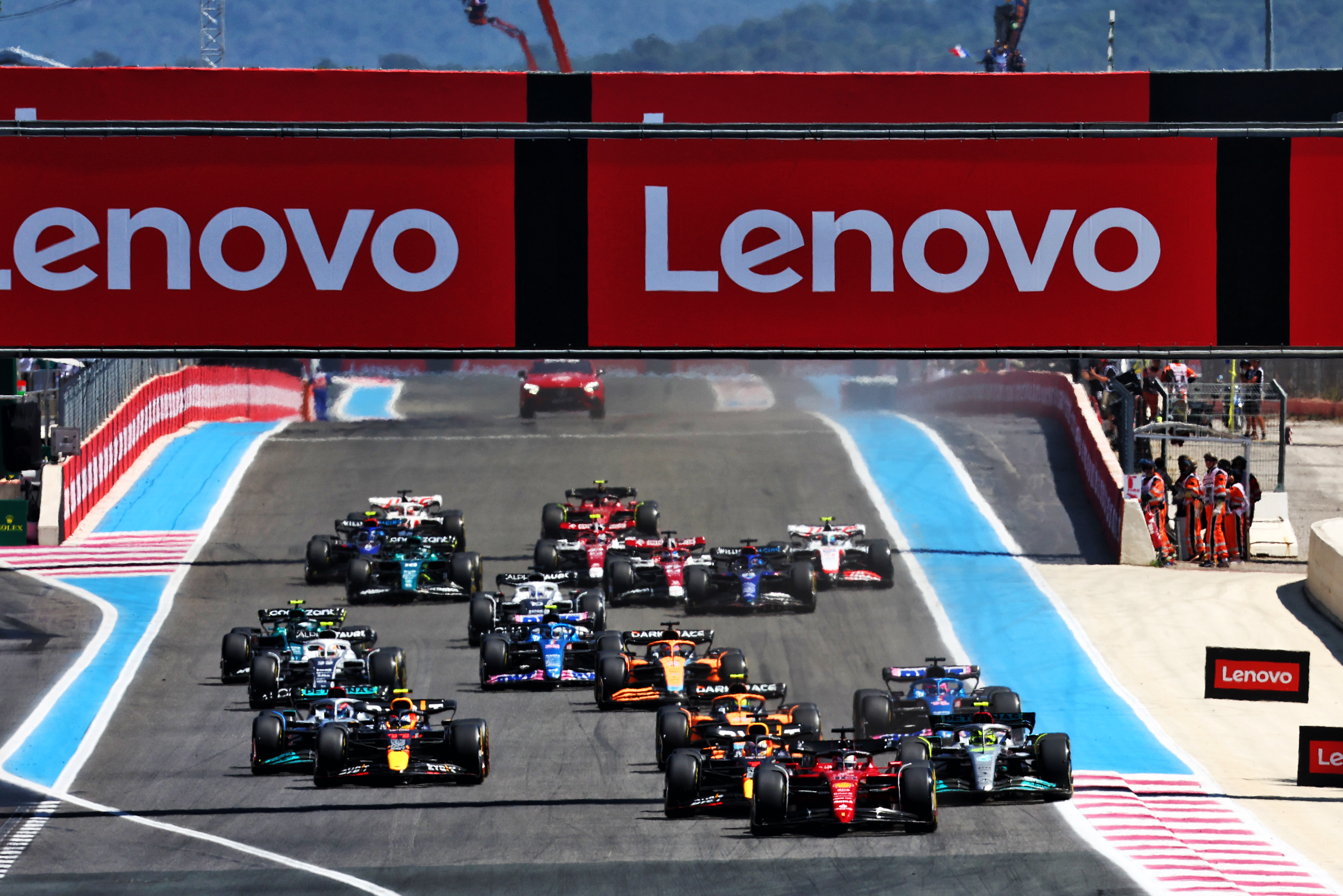Formula 1 has finally approved its new engine regulations for 2026, paving the way for ‘new’ manufacturers such as Audi and Porsche to enter F1 in the near future.
Porsche is in the process of buying into Red Bull’s F1 team to develop a new engine in partnership with Red Bull’s new powertrains division, while Audi has been heavily linked with a takeover of Alfa Romeo/Sauber.
Both VW Group brands predicated their potential entry on F1 finalising these new regulations.
In a statement, the FIA said new sporting, technical and financial regulations have been approved for 2026, following four ‘key pillars’ related to F1’s overall strategy.
• Maintaining the spectacle – the 2026 Power Unit will have similar performance to the current designs, utilising high-power, high-revving V6 internal combustion engines and avoiding excessive performance differentiation to allow for improved raceability.
• Environmental sustainability – the 2026 Power Unit will include an increase in the deployment of electrical power to up to 50% and utilise a 100% sustainable fuel.
• Financial Sustainability – Financial Regulations regarding the Power Units will reduce the overall costs for competitors whilst retaining the cutting-edge technological showcase that is at the core of Formula 1.
• Attractive to new Power Unit Manufacturers – the regulations are intended to make it possible and attractive for newcomers to join the sport at a competitive level.
The FIA’s detailed breakdown of this framework confirms that F1 engines must be powered by “fully-sustainable” fuel, meaning “no new fossil carbon will enter the atmosphere from a Formula 1 car exhaust” from 2026 onwards.

The fuel-flow rate to the internal combustion engine will be limited by energy rather than mass or volume, and development of the bottom half of the engine (engine block, crankshaft, connecting rods, pumps, and ancillaries) will be limited.
Manufacturers will have more freedom to develop the upper half of the engine, with the aim of optimising the combustion system around the new fuels.
As expected, the MGU-H will disappear, and there will be a general drive towards limiting the use of costly exotic materials within the engine designs, to reduce expenditure.
Removing the complex MGU-H was regarded as one of the key gestures towards new manufacturers, as it would reduce the advantages for those already experienced in using the technology in F1.
New manufacturers also get a concession in the power unit cost cap that has been introduced.
This is set at $95million for the 2023-25 seasons then $130m from the start of the new engine rules in 2026.
But new manufacturers joining in ’26 are allowed an extra $10m for each of ’23 and ’24 and $5m for ’25.
This prospect had not been popular among the current manufacturers, who felt the removal of the MGU-H was a significant enough concession in itself.
The dimensions of engine internals, such as pistons, will be now more tightly defined than before, and ancillaries such as exhausts, which are frequently replaced on current engines, will need to last the full life of each engine.
The MGU-H’s loss is being replaced by increased power from the MGU-K to up the electrical power to 350kW (around 469bhp).

The FIA says these rules will aim to “increase the road-relevance of the cells, power electronics and MGUK” within the Energy Recovery Systems, and that the overall layouts of the power units will be more tightly proscribed to avoid the prospect of one manufacturer developing the sort of advantage Mercedes gained in the early part of the hybrid era by splitting its turbo from its compressor.
Drivers will be limited to three ICEs and exhausts, and two energy stores and MGU-Ks each season – but for the first year of the new rules will be allowed one additional of each element.
Limits to dyno testing will also be introduced to control costs.
Work on current-generation power units (for which the specification is now largely frozen) will be excluded from the initial $95m power unit cost cap limit that applies 2023-25.
[3D Audi F1 model by Chris Paul Design/Unkredible Studios]



